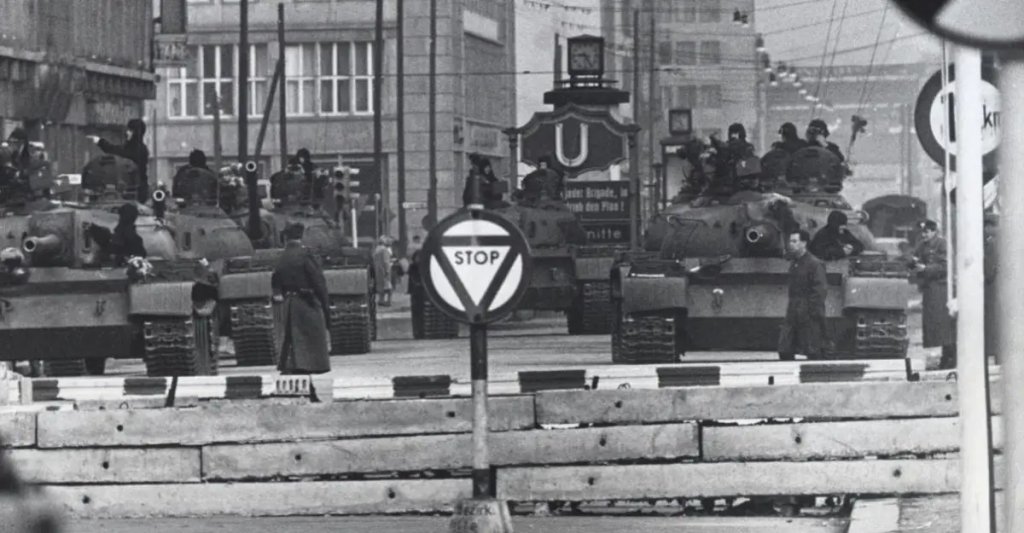

After years of tension, conflict and even some election-hacking, some have said U.S.-Russian relations are more tense than they were even at the height of the Cold War. Apparently, those people have forgotten that U.S. and Russian troops killed each other a few times, conducted a standoff with tactical nuclear weapons in Cuba, and stared each other down in armed tanks in divided Berlin.
The stare down

The incident started on Oct. 22, 1961, when America’s senior diplomat in West Berlin, E. Allan Lightner, Jr., attempted to cross the newly-erected Berlin Wall at a major checkpoint, Checkpoint Charlie. He was stopped by East German authorities who wanted to see his papers, but Lightner insisted that only the Soviets had the authority to check his papers.
He eventually turned back from the border, but Gen. Lucius Clay ordered that the next U.S. diplomat who needed to cross the border would be accompanied by military police in armed Jeeps. The next diplomat did cross the border with the Jeeps.
But Clay still wasn’t satisfied. He sent M48 tanks to the checkpoint and had them rev their engines. The Soviet commander requested permission to call an equal number of tanks out in response and Soviet Premier Nikita Khrushchev approved it.

So T-55 tanks pulled up to the opposite end of the street and, approximately 82 yards away from each other, the two sides threatened each other for 16 hours from Oct. 27-28, 1961.
News crews rushed to the scene and the world watched with bated breath to see if this would be the flame that set off the powder keg and descended the world into nuclear war.
WATCH HERE: https://www.youtube.com/watch?v=-pUmfKX3C04
But neither country wanted to fight World War III over paperwork in Berlin. President John F. Kennedy ordered back channels to be opened to reach a negotiation. Khrushchev agreed to a deal where the countries would take turns withdrawing a single tank at a time.

The Soviets withdrew a T-55 and, a few minutes later, America pulled back an M48. The process continued until Checkpoint Charlie and its Soviet counterpoint had returned to their normal garrisons of a few soldiers on either side.
Today, the intersection has a replica checkpoint and a number of historical exhibits. Aside from the Cuban Missile Crisis the following year, Checkpoint Charlie may be the closest America and Soviet Russia came to blows in open warfare.
